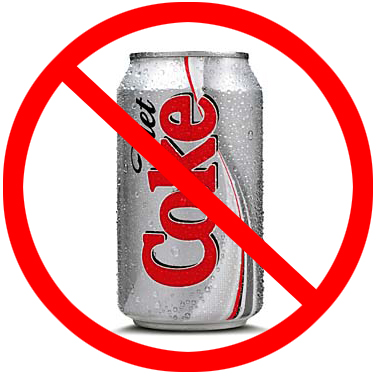Chicken Katsu Sandwich
2 days ago






"Think of Connecticut, and what comes to mind are the swells of Greenwich, the exurban good life of Litchfield County, the land of New England steady habits."Volvos and Ralph Lauren, that's all we are. (sigh). The irony of this story is that the picture accompanying it undermines the lead. It's of the governor standing with mayors of three of the state's biggest cities, which are most certainly not bastions of high end Swedish cars and polo ponies.


















"The proliferation of diet soda cuts to the core of what's wrong with the Western diet. The Western approach is to remove the most obvious dangers from an unhealthy habit — in this case, removing the 12 teaspoons of sugar per can of fizzy water laced with acids, colors and flavors of uncertain origin — so that we can continue that habit in denial of other dangers."The underlying problem is that we are addicted to sugar; beverages without a sweetener now seem bland. For the first million years or so of pre-human and human existence, water was adequate to quench our thirst. But apparently no longer."
Let me be clear: I am not anti-sugar or even anti-sugary drinks, although I confine my consumption to stuff made with sugar instead of high fructose corn syrup. I love Foxon Park Soda, which still uses sugar and is ironically much less sweet than big brand sodas. But everything in moderation. All you drink doesn't have to be sweet.
Yet another example of how Big Food has mouthwashed our taste buds. Fight the power. Drink unsweetened beverages!






 We are in a deep freeze up here in Connecticut. The temperature has barely peaked above freezing since New Year's, and we've been inundated with snow. More than a foot fell about two weeks ago, and it's still here, plus another three or four inches. They're predicting six to 10 more today.
We are in a deep freeze up here in Connecticut. The temperature has barely peaked above freezing since New Year's, and we've been inundated with snow. More than a foot fell about two weeks ago, and it's still here, plus another three or four inches. They're predicting six to 10 more today.





 How many times has this happened to you? You have a pot. You need to stir. But you also need to chop, peel or bash. Or the cat wants in. Or the kids are fighting in the family room. What's a cook to do?
How many times has this happened to you? You have a pot. You need to stir. But you also need to chop, peel or bash. Or the cat wants in. Or the kids are fighting in the family room. What's a cook to do?


"To eat good food is to be close to God."
Primo in "Big Night"